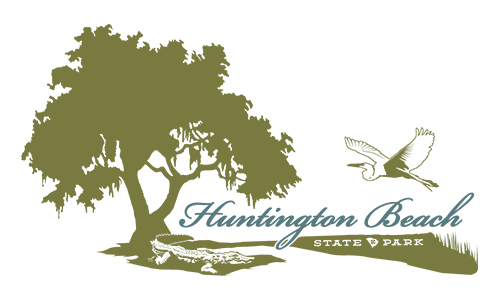
The Myrtle Beach area welcomes nearly 20 million visitors each year, but humans aren't the only species flocking to the Grand Strand. It's also a popular migration point for a wide variety of birds.
The Carolina coast is one of the prime locations for bird-watching in the United States, and the nearby Huntington Beach State Park in Murrells Inlet has been named the top spot to go birding in South Carolina. The diversity of landscapes inside the 350-acre state park attracts a wide selection of permanent residents, like bald eagles, egrets and herons, and a broad array of seasonal birds.
Located about 20 miles south of Dayton House Resort, Huntington Beach State Park serves as an oasis for wildlife, particularly birds making their way through the Grand Strand en route to more moderate climates. Flocks have been stopping off at this protected preserve and the surrounding wetlands and salt marshes to rest, feed and breed before returning to their ultimate destinations.
Experienced birders and newcomers alike can encounter rare species at Huntington Beach State Park, where more than 3,000 different types of birds have been documented over the years. Thanks to a unique habitat, the park attracts a diverse range of shorebirds (American Oystercatcher and Buff-Breasted Sandpiper), waterfowl (Canadian Goose and Mallard Duck) and birds of prey (Kingfisher and Red-Tail Hawk).
One hot spot you don't want to miss is the causeway that connects the mainland to the island. The south side of the causeway is a small freshwater lake known as Mullet Pond. This location is a hub of activity for fish, alligators and a variety of birds of prey, including bald eagles and ospreys. Watch them swoop down from the trees and sky and scoop a meal from the water with a sudden splash, a challenging catch for both the birds and photographers. There's a small parking area on the southeast side of the causeway that's a short walk to the action, but keep an eye out for crossing gators.
On the other side of the bridge is a tidal salt marsh that features brackish water and a contrasting habitat than the freshwater side of the causeway. At low tide, birders can spot herons, loons, and cranes searching through the pluff mud for snacks, like clams, mussels, and mullet. High tide brings in schools of baitfish and lots of hovering birds of prey following the all-you-can-catch seafood buffet. Visitors can get a better view from the pier behind the education center, which offers occasional bird-watching tours and loads of information about the park's best vantage points.
But perhaps the best place to spy some high-flying action is the beach, where shorebirds such as Purple Sandpipers, Red-Throated Loons and Horned Grebes. If you don't mind the 1.2-mile one-way hike to the jetties, located on the north end of the park at the opening to Murrells Inlet. The paved rock walkway into the ocean allows visitors to get far enough past the breakers to capture shots both in the water and on the shore, including such rare recent sightings as the rare Razorbill Puffins, Black Guillemots and the federally endangered Piping Polver.
Veteran birders will feel like a kid in a candy shop with the abundance of subjects, and first-timers may fall in love with the sport at Huntington Beach State Park. You will need a good camera and/or binoculars, a pair of boots or outdoor shoes you don't mind getting a little muddy, and a little patience. Bring a jacket or a windbreaker even on seemingly calm days to deal with the ocean breeze, and sunglasses with UV protection can help you spot targets in the glare of the sun off the ocean. Be sure to pick up a checklist at the education center to record and report your sightings.
Enjoy exploring new areas and then head back to Dayton House Resort to rest and relax.

